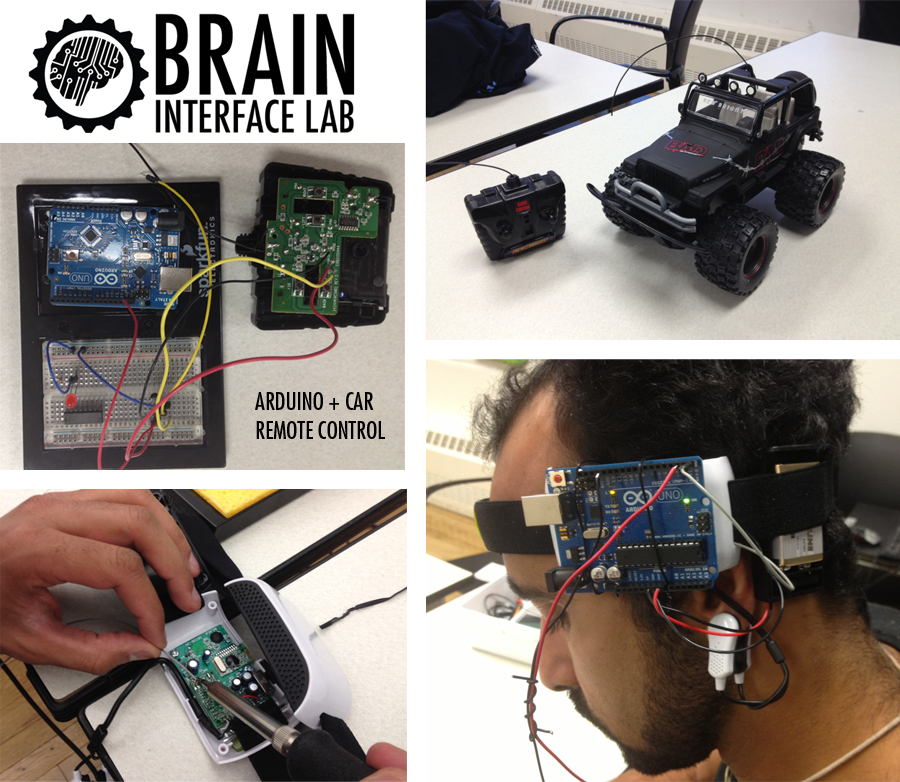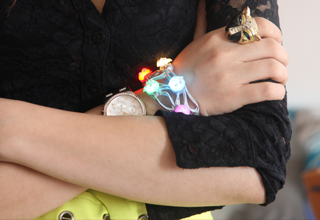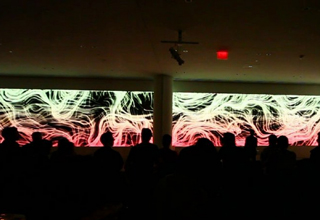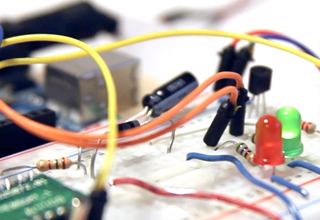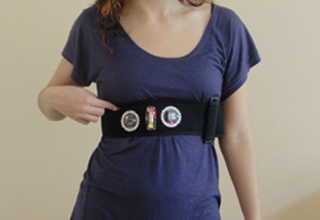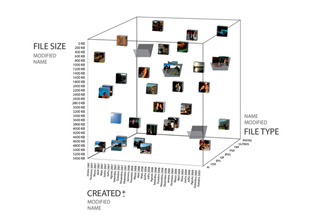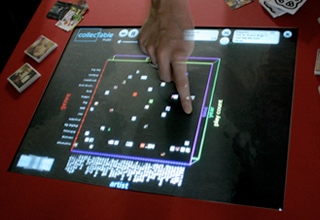Physical Computing Projects - have you ever heard of Arduino? :)
Wellness Mirror
Area: Hardware, Connected Devices, Web
School: NYU/ITP Fall 2013
Tutor: Daniel Rozin
Partner: Maxwell Dayvson da Silva
Wellness is a mirror that reads user’s quantified self data like physical activities, steps and sleep hours from fitness trackers like Fitbit and translates it into different colors and patterns of the mirror’s illuminated frame. In this way, users can see their own energy levels through the reflection of themselves altered by the data.
As default, the mirror displays data from the previous day. Through a mobile interface, user can select other dates or different ranges of time, since the mirror calculates the average for the selected period. The mirror is designed to stay on at all times, but a motion sensor allows it to only light up when someone approaches.
This project was the result of an experiment with personal data and how abstracting this data could benefit users. I've learned that using one color to display an overall state was too much abstraction for the used data points, while using colors as percentages of the day were more direct and understandable. The more detailed documentation of the project is in my blog here.

SOCI Alarm Clock
Area: Hardware, Connected Devices, Web
School: NYU/ITP Spring 2014
Tutor: Tom Igoe
Partner: Jess Jiyoung
Sometimes we want to send special messages to the ones we love but they are sleeping. Soci Alarm Clock allows you to record a message from your browser and send to your beloved’s alarm clock, to be played when they wake up. We prototyped this idea using Arduino Yun and Node.js. Jess built a website which records and saves the message on a server while I worked in making the arduino connect to the Internet, download the mp3 and play when it is time to wake up. There is also a soft sensor to be placed under the pillow to identify if they are already woke up.
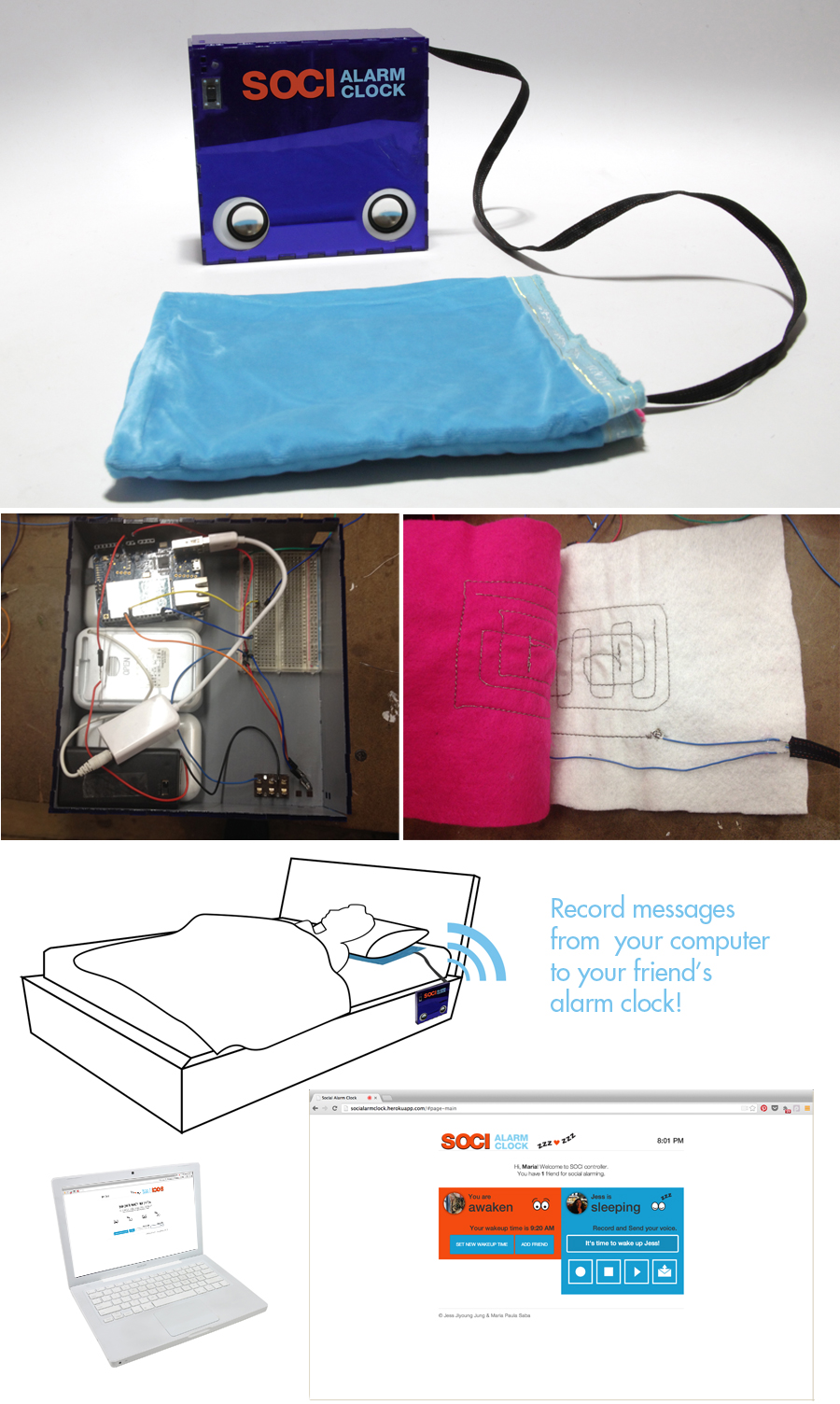
Shake Shake: Wearable Harvesting Device
Area: Hardware, wearables
School: NYU/ITP Spring 2013
Tutor: Jeff Federsen
Partners: Mary Fe & Xuedi Chen
SHAKE SHAKE is a sustainable energy wearable that uses the physical movement of dancing and shaking arms to power up a series of LEDs programmed to blink as a heart drawing over the air (P.O.V. or Persistence of Vision, a technique where you can write/draw stuff by timing the blinking of LEDs according to a certain sequence). We created this self-powered wearable using a copper coil and magnets, Lilypad microcontroller and sewable LEDs. In the first version, we 3D printed a knuckle to hold the circuit, but that was a bit uncomfortable, so the second iteration was just a strap. We presented Shake Shake at the Arduino Day. More info can be seen in my ITP blog.

MaryFe did this video for documentation:
Voice-Controlled Drawing Machine
Area: Hardware, Motors
School: NYU/ITP Fall 2012
Tutor: Tom Igoe
Partners: Brett Peterson & John Capogna
This Drawing Machine records and analyzes user's voice to determine motors settings and therefore different output drawings. Recordings change drawings size and figures according to volume, length and pitch of the sounds. The Voice Controlled Drawing Machine is composed of a marker, two stepper motors and a geared DC motor, a box containing control buttons (record and draw), LED indicating status, one arduino connected to a computer with mic and a sound analyzer processing sketch. One of my roles in this project was to visualize the drawings before building the actual physical machine. For this purpose, I wrote processing sketches that simulate the arm movements. We added sound analysis to reproduce results and used it for user playtesting. After that, I worked in the machine fabrication, from paper prototypes to the acrylic and LEGO final version.
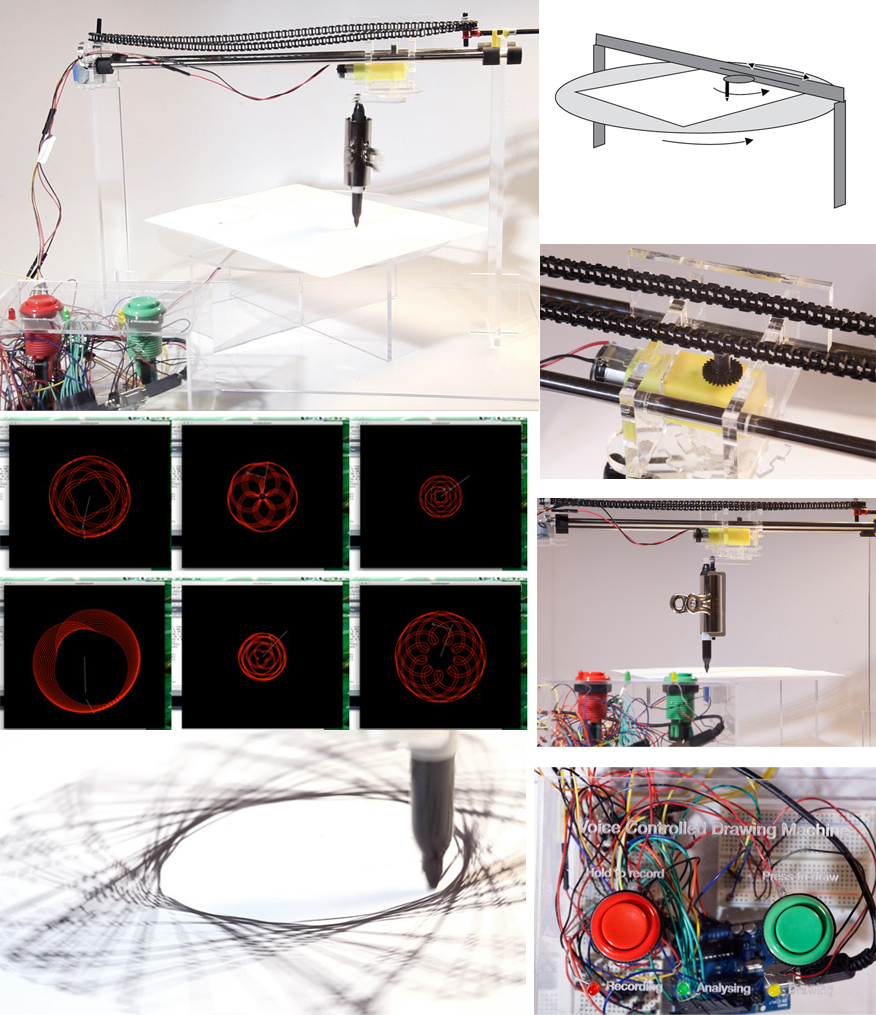
Brain-Car Race
Area: Hardware, Sensors, Hacking
Client: Hack-A-Brain Parsons The New School For Design Hackathon
Partners: Bernardo Schorr and Patrik Matos
Year: 2013
This experiment was developed in a Brain-interface Hackathon. We hacked a EEG sensor to control a remote toy car. By focusing attention, users make the car move forwared. By distraction, it moves backwards. Therefore, one must be really focused for a long time to win the race! We got 1st prize in the hackathon! :D
